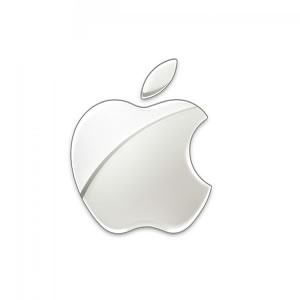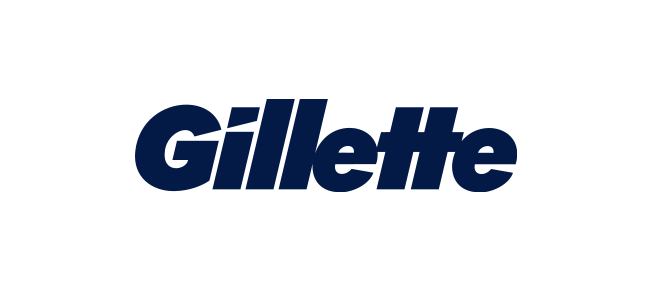Michael Eisner joined the Walt Disney Company as the chairman of the board in 1984, after his successes at the ABC television network and Paramount. The same year, Tokyo Disney was completing its first year of operations after five years of planning and construction, when the Walt Disney Co. entered into an agreement with Oriental Land Company in Japan. More than 10 million people visited the park that year, spending $355 million. This was $155 million more than had been expected and was partially attributed to the average expenditure per visitor being $35, rather than the estimated $21. The timing of the Tokyo Disneyland opening coincided with a rise in income and leisure time among the Japanese. Tokyo Disneyland thus became quickly profitable. Growth continued, and by 1990 more than 14 million people visited the park, a figure slightly higher than the attendance at Disneyland in California and about half Continue reading
Marketing Case Studies
Case Study on Apple’s iPod: The Marketing of an Idea Project
Apple’s iPod has taken the world by storm. Nearly ubiquitous, it has changed not only the way people listen to music, but it has transformed its parent company Apple into an entertainment giant. In order to understand how this change came about, we’ll take a look at Apple’s ongoing efforts to make iPod synonymous with hip. We’ll also discuss exactly what customers are buying when they buy an iPod, and we will take a deep look at several aspects of Apple’s marketing of this exciting new product, from the iPod itself, Apple’s strategic planning, possible research findings that supported their approach, segmentation strategies that may have been employed and why, as well as pricing strategy across these segments. Last we’ll discuss communications, promotion and advertising, as well as an interesting shift in retailing that the iPod has enabled. Throughout, we’ll tie back to the Apple brand to dig deep into Continue reading
Case Study of Apple Inc: “Think Different” Branding Campaign
Steve Jobs and Steve Wozniak founded Apple on April 1, 1976. The two Steves, Jobs and Woz (as he is commonly referred to — see woz.org), have personalities that persist throughout Apple’s products, even today. Jobs was the consummate salesperson and visionary while Woz was the inquisitive technical genius. Woz developed his own homemade computer and Jobs saw its commercial potential. After selling 50 Apple I computer kits to Paul Terrell’s Byte Shop in Mountain View, CA, Jobs and Woz sought financing to sell their improved version, the Apple II. They found their financier in Mike Markkula, who in turn hired Michael Scott to be CEO. The company introduced the Apple II on April 17, 1977, at the same time Commodore released their PET computer. Once the Apple II came with Visicalc, the progenitor of the modern spreadsheet program, sales increased dramatically. In 1979, Apple initiated Continue reading
Case Study of Dupont: Marketing of “Disappearing” Products
Imagine how tough it would be to be responsible for marketing a “disappearing” product. That’s the challenge faced by a group of marketers at DuPont, a company with a portfolio of brands that, for the most part, reach final consumers only as ingredients in finished products. Teflon non-stick coating, Lycra fibers, Freon refrigerant, Kevlar bullet-resistant fabric, Stainmaster carpet–these well-known DuPont products share the distinction of being used in the manufacture of products that ultimately bear some other company’s brand. Jamie Murray, the person in charge of managing what people think of the overall DuPont brand, doesn’t mind marketing products that can’t be found on store shelves or ordered from catalogs. “We are the youngest 200 year-old company you will ever meet. We are always out there searching for those needs that we can invent something to satisfy.” The company’s slogan, “better things for better living,” hints broadly at the variety Continue reading
Case Study: Product Innovation at Gillette
Gillette is considered as the first choice of both male and females. Both genders 16 years of age or above are the target market for Gillettes shaving products. The brand marks its success to a passion for innovation and new product development. The Gillette Company was established in 1901 and then acquired by Procter and Gamble in 2005 for US$57 billion. After the success revealed by Gillette in its third-quarter results in October 2004, the company launched several new products, including the M3Power razor for men, the Venus Divine razor for women, and two new electric toothbrushes, the Professional Care 8000 and the Sonic Complete. Since the inception of Gillette, a strong commitment to innovation has kept the company razor sharp. Gillette is renowned for its absolute dominance of the wet shaving, dry shaving and personal grooming markets. In fact, each and every division of the company is profitable, fast-paced, Continue reading
Case Study of Onida: Brand Analysis and Revival Strategies
Story so far….. Household name in television Onida was founded in 1981 and by1982 the company had started assembling television sets at its own factory. Superior products backed up by distinctive design, cutting-edge advertising and purposeful marketing made Onida a household name in India. In addition to televisions, the company has recently made a foray into other household appliances, including air-conditioners, washing machines, DVDs and home theatre systems. For business and industry, Onida has introduced state-of-the-art multimedia presentation products. Onida, is still well known for its brand mascot ‘The Onida Devil’ and its punch line “Neighbor’s Envy Owner’s Pride”. In the 1980s when owning a television set was considered a luxury, Onida launched its advertising campaign on the platform of envy, to promote its television range. A green-horned devil with a long pointed tail was the spokesperson in all its ad campaigns till the 1990s. The ‘Devil’ helped Onida gain Continue reading




